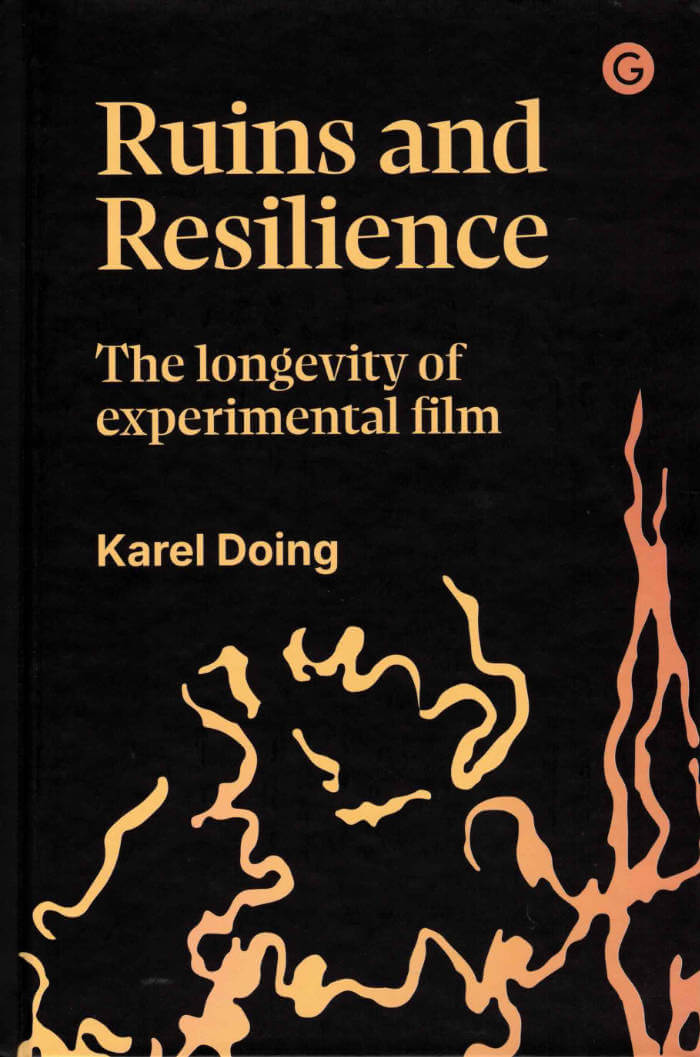
On the Anarchic Organization of Cinematic Spaces – Evoking Spaces beyond Cinema
Employing the concept of an anarchic organization of cinematic spaces, the author embarks in this volume on a journey toward an imaginary political trope for the cinema of the present – a working principle that aims to form a new way of thinking by destabilizing outdated structures of cinema.
ROSA BARBA (*1972, Agrigento, Italy) is an acclaimed artist who works with film. She is the recipient of numerous awards, including the renowned Calder Prize. Her work has been exhibited at the Museo Nacional Centro de Arte Reina Sofía, Madrid, the Schirn Kunsthalle, Frankfurt, and the MIT List Visual Arts Center, Cambridge, MA, among others.




